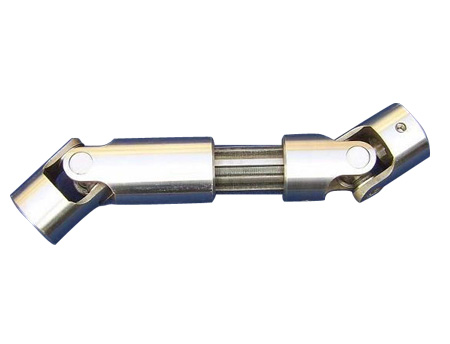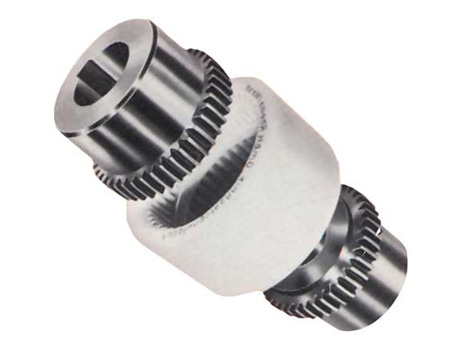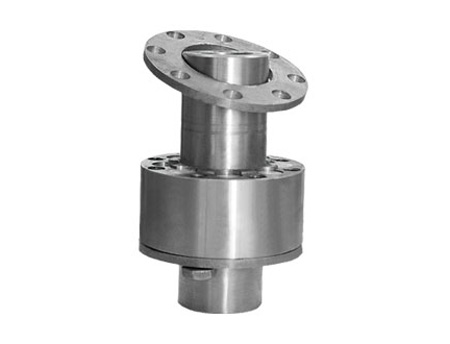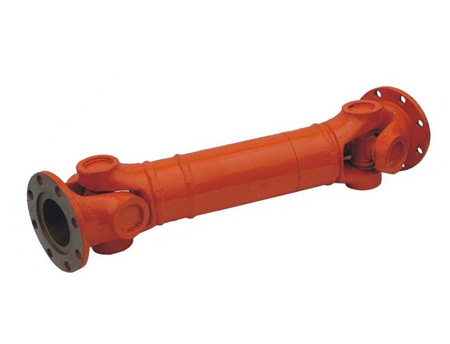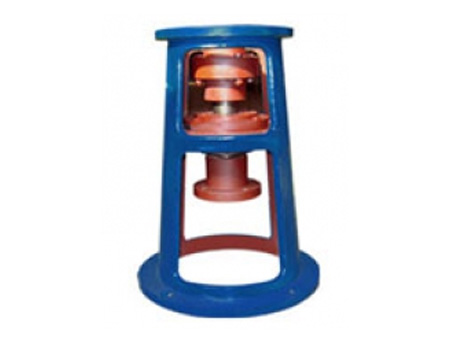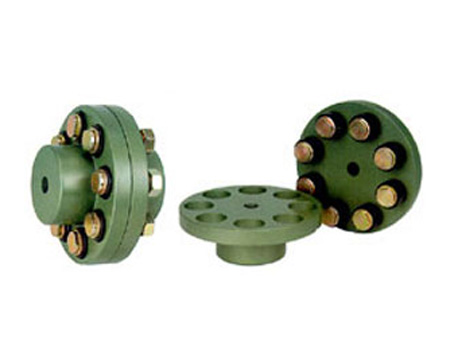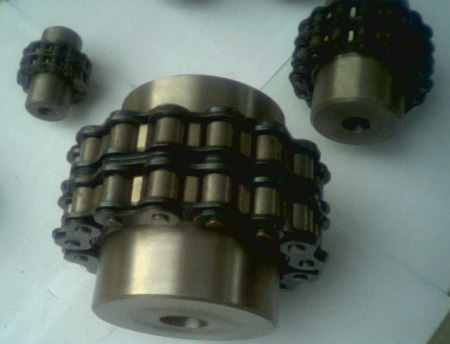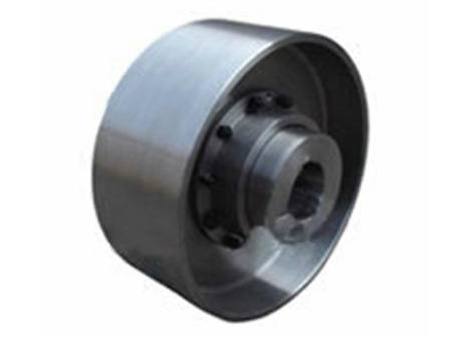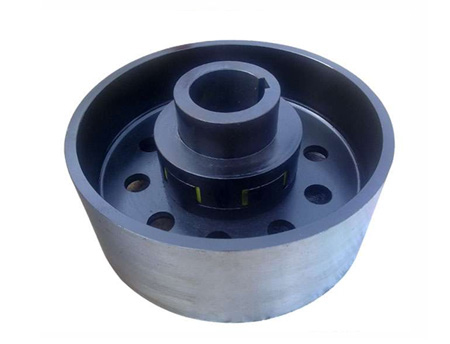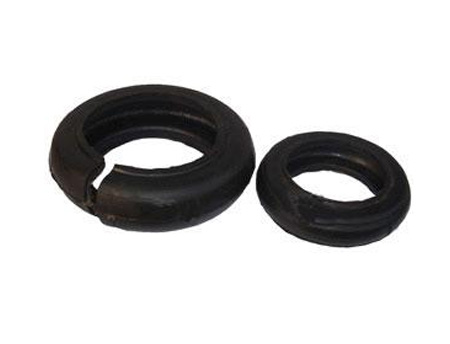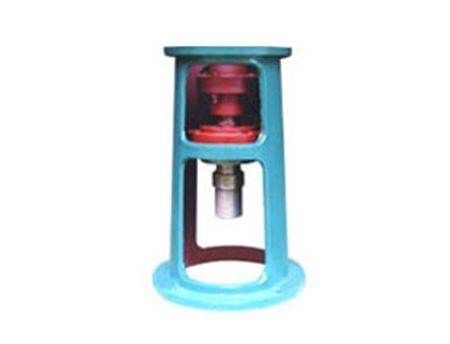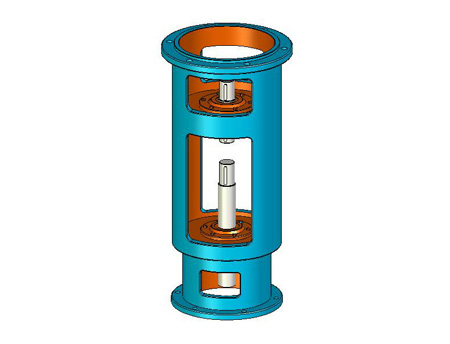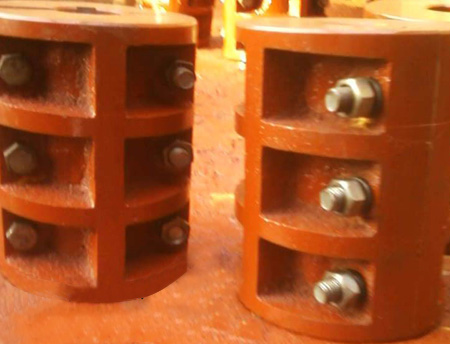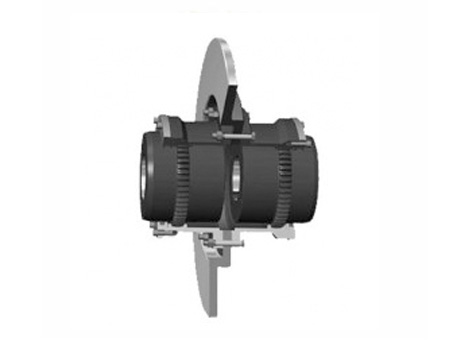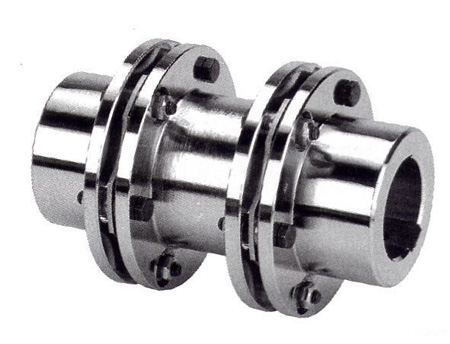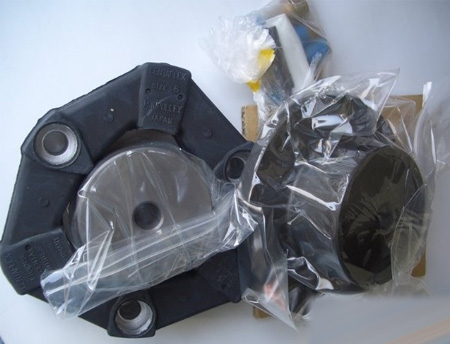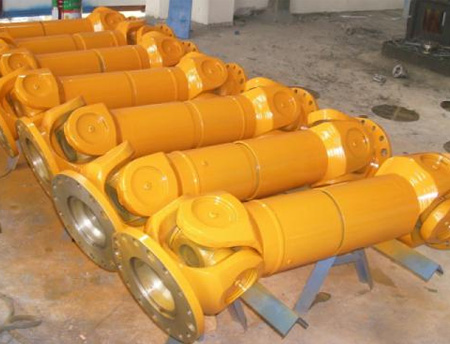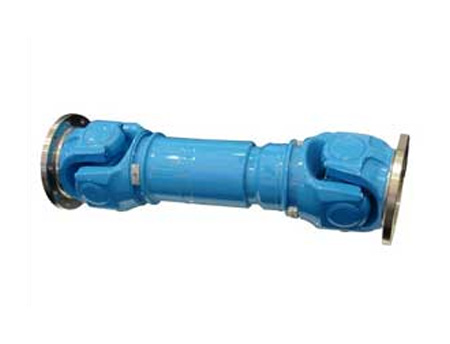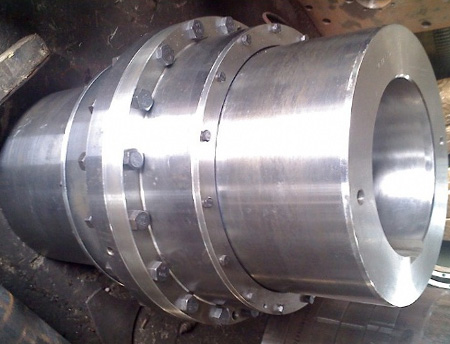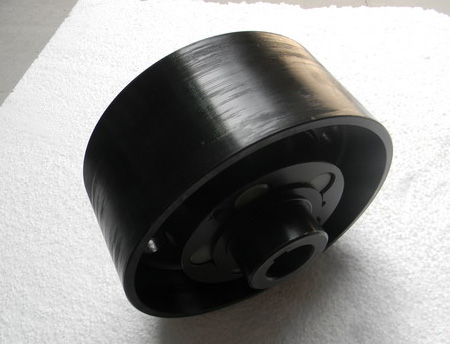News CenterNews
Latest newsNews
Contact information
Website: www.rigid-shaft-coupling.xyz
Address: Xihuan Industrial Zone, Botou City, Hebei Province
What are the classifications of commonly used elastic sleeve pin couplings?
Author: Ever-Power Coupling Release Date: 2020-01-13 16:35 Click:次
What are the classifications of commonly used elastic sleeve pin couplings?The following is a summary: elastic pin couplings are generally elastic pin couplings, nylon rod pin couplings, the former is connected by several screws, and the nut end of the screw is equipped with an elastic washer.The latter uses nylon rods
What are the classifications of commonly used elastic sleeve pin couplings?The following is a summary: Elastic pin couplings are generally elastic pin couplings, nylon rod pin couplings, the former is connected by several screws, and the nut ends of the screws are equipped with elastic washers.The latter uses nylon rods. The two half-sections are drilled as large as holes, and the nylon rods are inserted. The outside is covered with a baffle, a pin coupling, and a pin coupling. The half couplings are connected by N nylon rods.Can play a role in compensation.Pin couplings, commonly used models include elastic sleeve pin coupling (TL), elastic pin coupling (HL), and elastic pin gear coupling (LZ). The basic parameters and main dimensions of the ZL-type elastic pin gear coupling are made of a number of non-metallic pins, placed in the mating hole between the two halves of the coupling and the inner surface of the outer ring, and transmitted through the pin Torque realizes the coupling of the two halves of the coupling. LT type (original TL type) elastic sleeve pin coupling (GB2-4323 instead of GB2002-4323) elastic sleeve pin coupling uses an elastic sleeve (rubber material) at one end ) The pin is installed in the flange hole of the two halves of the coupling to realize the connection of the two halves of the coupling.The elastic sleeve pin coupling was once the most widely used coupling in our country. It was formulated as the standard of the Ministry of Machinery in the late 1984s. The JB20-50 elastic ring pin coupling was the first in my country. Standard coupling. HL type-elastic pin coupling has been listed as the national standard GB08-60. It is suitable for all kinds of mechanical transmission shafts that connect two coaxial lines. It is usually used for frequent high and low speed movements.The working temperature is -5014~+85℃; the nominal torque of transmission is 20~80N.m.The elastic pin coupling has a simple and reasonable structure, easy maintenance, symmetrical and interchangeable on both sides, long life, allowing large axial movement, and has the properties of cushioning, shock absorption, and wear resistance.
View withDrum gear coupling Coupling Plum coupling Oldham coupling Diaphragm coupling Related products
